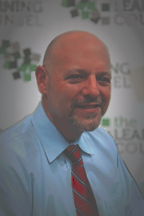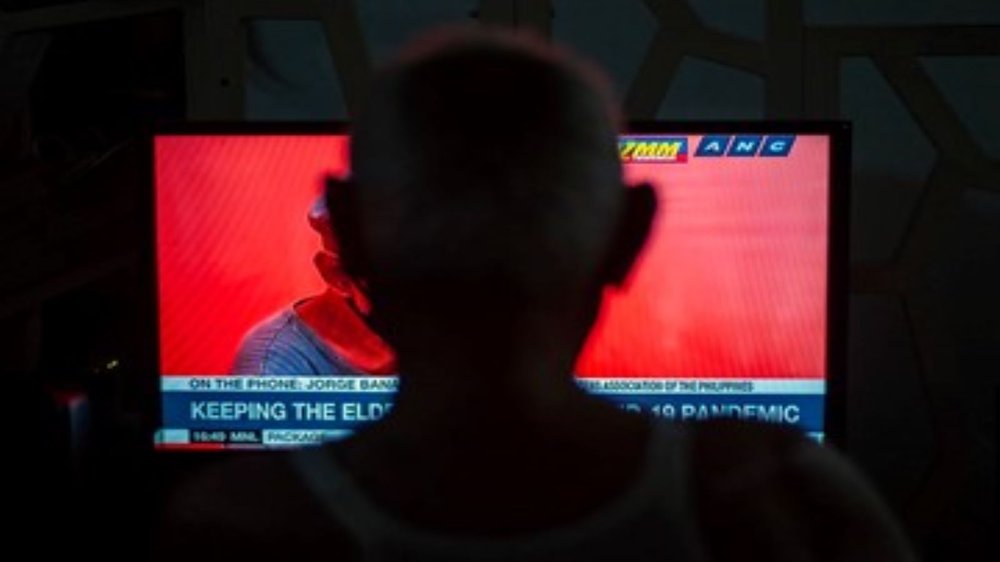The headlines in the news this Fall seem so predictable. I don’t know if that is because I am old and have seen it “all” before, or because the coverage of events is predictable. But whatever the case, you can predict which school-related events the local and national news will choose to cover – and how they will choose to cover those events. Maybe I am becoming a wee bit jaded, but I think we can do better.
Here’s an example. In North Carolina where I live, one of the largest school districts is Charlotte Mecklenburg, an urban district with more than 145,000 kiddos. A story broke that testing revealed an alarming disparity between actual student performance and grade level performance, what the news was calling “career and college ready” performance. In Charlotte Mecklenburg, it seems that only 16 percent of white students could do math at grade level, while only 5 percent of students of color could do math at grade level. Guess how the news chose to frame it? That’s right, they talked about the disparity between white and Black students.
Of course, the real story is the district failed all the students in a spectacular way. The fact that 16 percent of the white kids were marginally successful at math while 5 percent of the Black and Brown kids were marginally successful does not indicate much about race, but it sure indicates a lot about the district.
Superintendent Earnest Winston was quoted as saying, “These results were not unexpected. But I will also tell you, they are not acceptable.”
Okay – so what are you going to do about it? The fact that these test results were not unexpected tells me that the district knows just how badly they are failing the students. And if they know how badly they are failing the students and they still allow the failure, it tells me they don’t know how to fix it.
The news coverage skewed heavily on the performance of the Black and Brown students, with many local and out-of-town experts interviewed. The school board is even threatening to withhold $56 million in funding unless they see a plan to close the performance gap. How absurd. The problem isn’t the performance gap. The problem is that none of the kids can do math. Why on earth would you even suggest that the Black and Brown students come up to a 16 percent success rate? How about demanding to see a plan where every student can do math well enough to succeed in the job market or in college. Talk about missing the point. Here’s how the local TV station WBTV presented the story:
“The doors of opportunity for Charlotte-Mecklenburg Schools’ black and brown students are slowly closing, even more each school year. The proof is in the declining test scores for its black and brown students. CMS leaders knew this was coming.”
How fortunate for Charlotte-Mecklenburg Schools’ white students. Nearly one in six can add and subtract, multiply and divide (a little).
And of course, the media is delighted that the COVID story continues. Our six o’clock news broadcasts, which now all run from 4:30 – 6:30 (and one comes back for an extra hour after the national news), spend an inordinate amount of time on the continuing mask saga. With a minimum of 2 hours of local news to fill, there are more than 20 minutes of local stories about whether we should or shouldn’t require masks. And some nights, we import 2 or 3 mask stories from other markets.
Now that schools have started back, whether or not our kids can attend in-person is a big story. And that story changes almost hourly. Yet in all the coverage, I have yet to see one truly positive story. Not one story about how Little Johnny has thrived in his remote learning. Or how Mrs. Campbell is helping the other teachers develop their remote instructional skills. Or the amazing software now available for homeschoolers. Or how the shifting demographic of nontraditional learning is changing public schooling. Or even - and you would really think that the news readers would have picked up on this – the absolutely amazing amount of funding that is available to school districts to buy, well, pretty much whatever the heck they want to for the next three years.
What a great news segment that would be… “Shopping with Superintendent Smith” In today’s episode, Superintendent Smith and his assistant superintendents are creating their wish lists. Let’s listen in on the discussion, shall we? “I don’t know, Dr. Smith. We still have to figure out how to spend $26 billion more this year. We have already bought every bit of curriculum we could identify. We got new Chromebooks for every child. Plus, brand new iPads for all the teachers. And professional development packages. We even bought all the warranties. Of course, we’re not doing anything different. So, we need to be very careful that folks don’t come around and ask how this is going to fix the learning gap. I think this calls for some out-of-town consultants.”
“Tune in tomorrow at 6:00, when the gang reviews out-of-town experts to hire.”
Of course, one of the solutions for becoming disillusioned with the news is to quit watching it. But for those of us that grew up watching the evening news, it’s a hard habit to break. I suppose the trick is to limit my news-watching time to a one half-hour segment per day. Because in reality, there is more good news in the education biz than we have ever seen before. The pandemic, with all its hardship, had a remarkable effect on education. It completely changed our mindset. It forced us to take a hard look at the way we are educating our children, and to make the beneficial changes we have been wanting to make for years. And despite the news coverage, the pandemic brought out the best in all of us. The utter brilliance of our teachers and administrators took center stage as we literally thought our way through the situation. Now our schools are in a better position than they were pre-COVID. The pandemic forced us to use what works and discard the rest. In many ways, we are leaner and better prepared to educate.
And in many ways, we have rediscovered the joy of learning, the excitement of the teaching and learning process.
Do we still have trouble spots? Certainly. Charlotte-Mecklenburg Schools is a prime example. But if we have learned anything from the pandemic, it’s to see the truth for what it is. In Char-Meck, the kids can’t do math. That is both a problem and an opportunity. Let’s call it what it is. And fix it. It’s time to admit that what they were doing hasn’t worked. That’s the first step in fixing the problem. Now comes the opportunity – the opportunity for 100,000+ kids to rediscover the joy of learning and reignite that wonderful passion for mathematics. The solution may be an unusual one, and certainly unusual for the staff and students at the district. Because the usual solutions they have are not the correct solutions. But the correct solutions do exist. Math is not a mystery. It is a language. The wonderful, masterful language of the universe. It makes sense. And once learned, it can unlock understanding and advance learning in untold ways.
And besides, it’s pretty cool to be able to figure out the tip in your head.
About the author

Charles Sosnik is an education journalist and editor and serves as Editor in Chief at the Learning Counsel. An EP3 Education Fellow, he uses his deep roots in the education community to add context to the education narrative. Charles is a frequent writer and columnist for some of the most influential media in education, including the Learning Counsel, EdNews Daily, EdTech Digest and edCircuit. Unabashedly Southern, Charles likes to say he is an editor by trade and Southern by the Grace of God.











